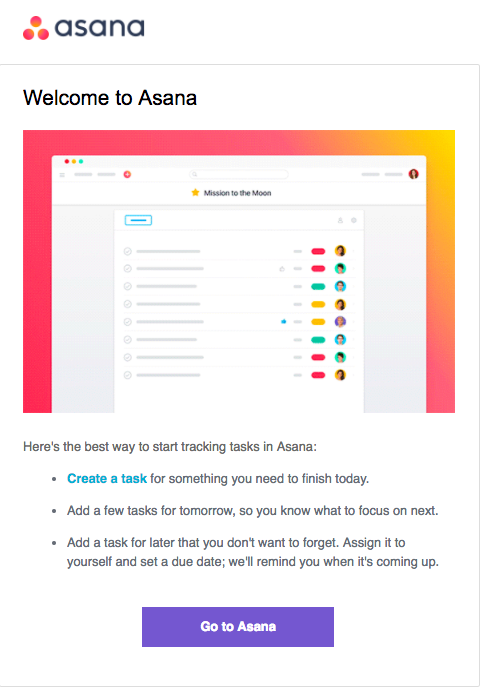
7 Social Media Marketing Strategies That Can Help Your Ecommerce Business Grow

https://www.pexels.com/photo/person-typing-on-macbook-1559048/
The concept of social media and networking may have boomed from a dorm, but it has grown tremendously over the years.
Just for the sake of an overview, let’s take a look at where some of the most popular social media platforms stand:
- Facebook, the biggest social network, has more than two billion active users
- Twitter is hitting the 350 million mark this year
- Linked In is a network that connects more than 500 million professionals
- Instagram has already crossed 800 million
The total number of social media users is now over 3.1 billion, and increasing at around 13 percent every year.
Any smart businessperson can see the potential of using these networks as a perfect marketing platform. It is where billions of people gather to share, learn, and discuss. It is why social media marketing has now become a powerful driver of business growth.
eCommerce businesses have a lot to gain from social media. Social media is now one of the significant drivers of website traffic. It stands quite close to search engines. The problem is that it isn’t as easy as it sounds. While it may seem like an ever-expanding pool of prospects, it is not easy to make your mark on such a busy platform. It is a competitive world out there. You need a strong strategy to make sure you are able to reach the right audience and get the right response. Here are seven social marketing strategies to help your eCommerce business grow.
1. Identify Your Best Marketing Channels
There is a reason there are more than one social networks. All of them are different in many ways. For instance, Twitter is just a microblogging platform while Instagram and Pinterest are about photo blogging. LinkedIn, on the other hand, has a more professional approach.
Due to such differences, there is a difference in their demographics. Customer behavior also differs for every channel. The key to a winning strategy is to identify your target audience and leverage the platform that is more popular among that group.
2. Focus on Impressive Visual Appeal
Social media users have a very short attention span. You need to grab attention through eye-catching visuals. It is the first thing they will notice, even before they read the text. Invest in professional logo design service to give your brand a makeover. Even if you are in for B2B leads via LinkedIn, a good logo can make a world of difference.
Visual appeal becomes even more important when you are selling products. You can make attractive videos and images to showcase your products in a positive light.
3. Get on Every Bandwagon
Social media is where trends start, and it is where they go viral. A great social media marketing strategy to make your business appear more relevant and relatable is to piggyback those trends. Thankfully, it is easy to follow and catch up on trends on social media. It is a great way to capitalize on whatever is happening around.
Keep an eye on the hashtags. They are a huge deal on Instagram and Twitter. Facebook and Pinterest are also leveraging the power of hashtags now.
4. Be Part of the Conversation
The greatest thing about social media is that it allows for a two-way conversation. It is where consumers are free to share their opinions and experiences. They want to have their say on everything, including your products and services. However, that conversation can only go on if you are equally involved.
Looking from the business point of view, you have the power to lead the conversation towards conversion. Utilize that control. Get people talking about your business and your products? Be quick to respond, and you can win their trust and loyalty.
5. Do Not Overlook Live Streaming
The engagement rate of live videos on Facebook is double the engagement rate of other videos. Every ecommerce store should look into leveraging this amazing opportunity. It is a great way to show your products and talk about them in real time. You can answer your prospects’ queries right there and then make sure they make a purchase without getting distracted.
Live videos give a very hands-on view of the product. If you can demonstrate how good it is while answering all the question then and there, you will get immediate leads.
6. Look Into Influencer Marketing
Influencer marketing is huge! The reason influencers are making millions of dollars is that they are helping businesses earn ever more. In 2019, businesses are thinking of spending more money on influencer marketing. Even big brands are jumping on this trend.
Contrary to popular belief, an influencer is not limited to any niche. While an online leather jacket store can hire a fashion blogger to showcase their new products, a furniture store can also join hands with a lifestyle blogger.
7. Always Test and Track
How do you know your strategy is successful? You analyze the results.
Testing and tracking your social media marketing strategy is crucial because of two main reasons:
- You need to invest more on what works and change what doesn’t
- You need to tweak your strategy according to the changing trends and algorithms
If something doesn’t work, change it. And before you go with it, do an A/B testing to see what works even better. A/B testing can save you from a lot of trouble and huge failures. Social media is a fast-paced world, and it is best to stay careful.
Conclusion
Social media isn’t going anywhere. It is just getting better. It is a great channel to bring in leads, but more importantly, it is a great way to brings leads that are bound to convert. These platforms allow you to promote your product and persuade your audience on a very personal level. It helps you build a strong bond with your customers. With the right strategies, you can improve your acquisition as well as retention, and not to mention, the overall conversion.



















 While they help in the onboarding, they
While they help in the onboarding, they  As you can see, this email is not the average, nearly plain-text, triggered an email. They sent a comprehensive email with a complex layout structure and different content blocks for different little goals. You may think, that the hardest part in an email like this is to set-up the automation, but in fact, the most time-consuming part was the email design itself.
As you can see, this email is not the average, nearly plain-text, triggered an email. They sent a comprehensive email with a complex layout structure and different content blocks for different little goals. You may think, that the hardest part in an email like this is to set-up the automation, but in fact, the most time-consuming part was the email design itself.
 Source –
Source –  Source –
Source – 

